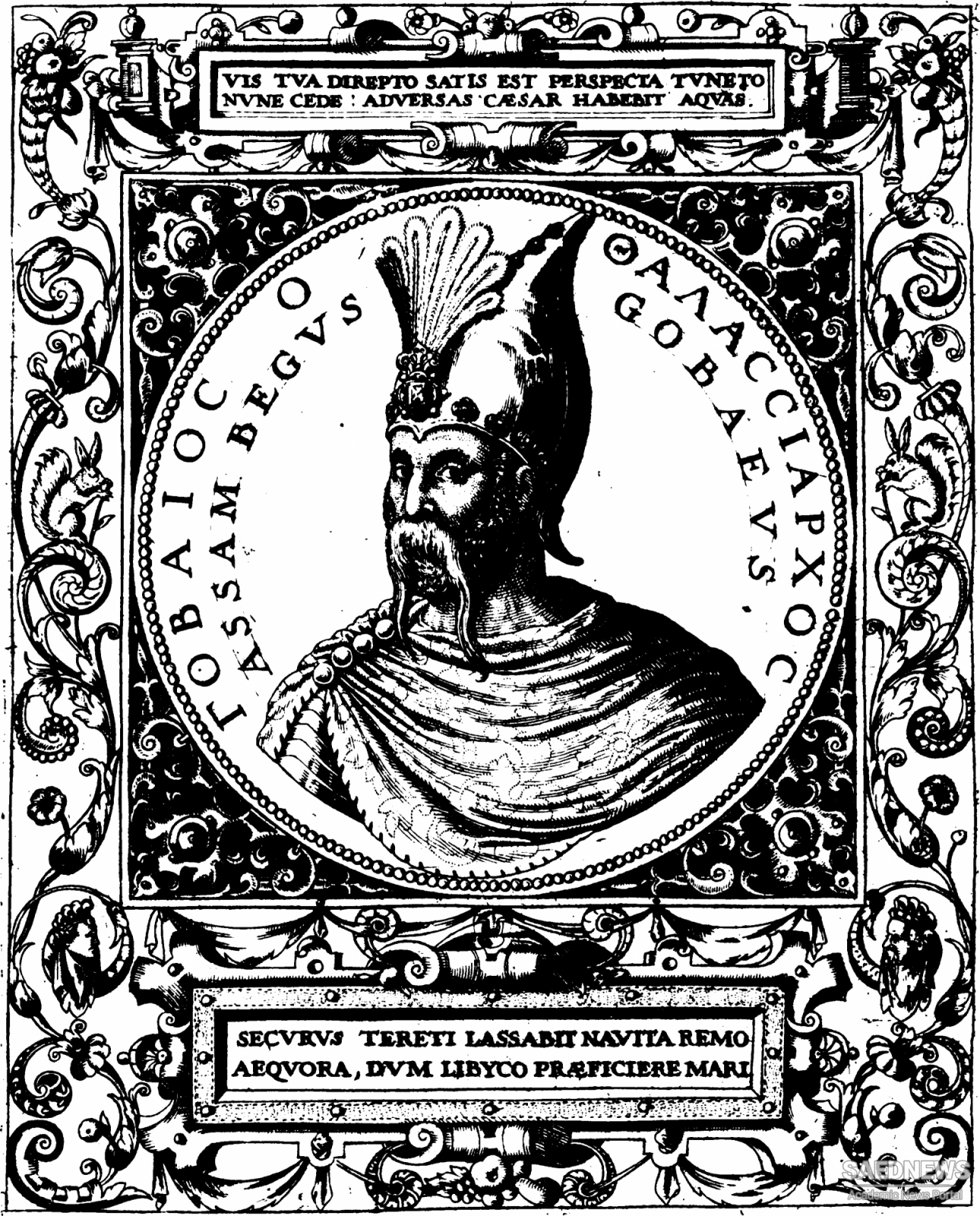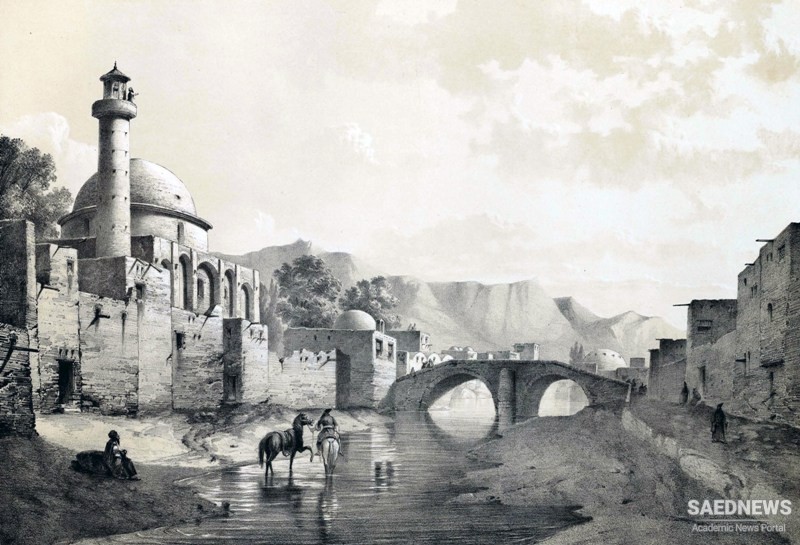Apart from regarding himself as god-king, Ismail seems to have seen himself as the legitimate heir of his grandfather Uzun Hasan Aq Quyunlu. His desecration of the graves of the Aq Quyunlu rulers following his coronation does not necessarily contradict this. More pertinent are not only the fact that he preferred Tabriz as his capital to other cities such as Ardabll, but also his acceptance of the Turkmen administration described above, and the important contribution made by Turkmen tribes to his success. The same can be seen in his decision not to press further eastwards after the final expulsion of Alvand and the victory over Murad Aq Quyunlu which established his control over Hamadan with central and southern Iran; instead he turned his attention to the old heartlands of Uzun Hasan, Diyarbakr and the earlier capital, Amid. Here in eastern Anatolia he even advanced as far as Mar'ash and Abulustan, the home of the Dulghadir tribe, only a section of which had hitherto been numbered among his adherents. Thereby he had reached the eastern frontier of the Ottoman empire. But he was clever enough not to provoke his powerful neighbour further. Although certain tensions had existed between them, peaceful relations still appeared possible at this point, particularly since Sultan Bayezld II was known to be a friend and protector of dervishes and sufis. Shortly before, he had granted an annual pension to a Qizilbash leader in southern Anatolia named Hasan Khalifa,1 and he had hitherto set great store by the cultivation of the traditional friendly relations between his dynasty and the Ardabll order (Source: The Cambridge History of Iran, vol. 6).



 Safavid Empire and the Role of Turkmens in Its Formation under Shah Islmail
Safavid Empire and the Role of Turkmens in Its Formation under Shah Islmail














































